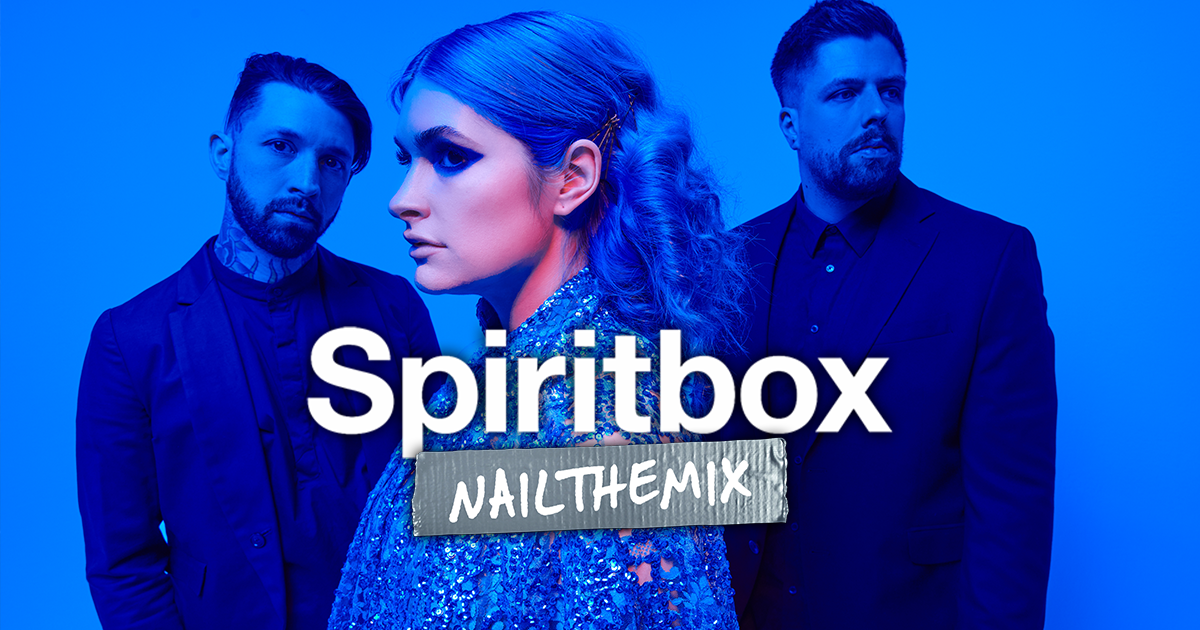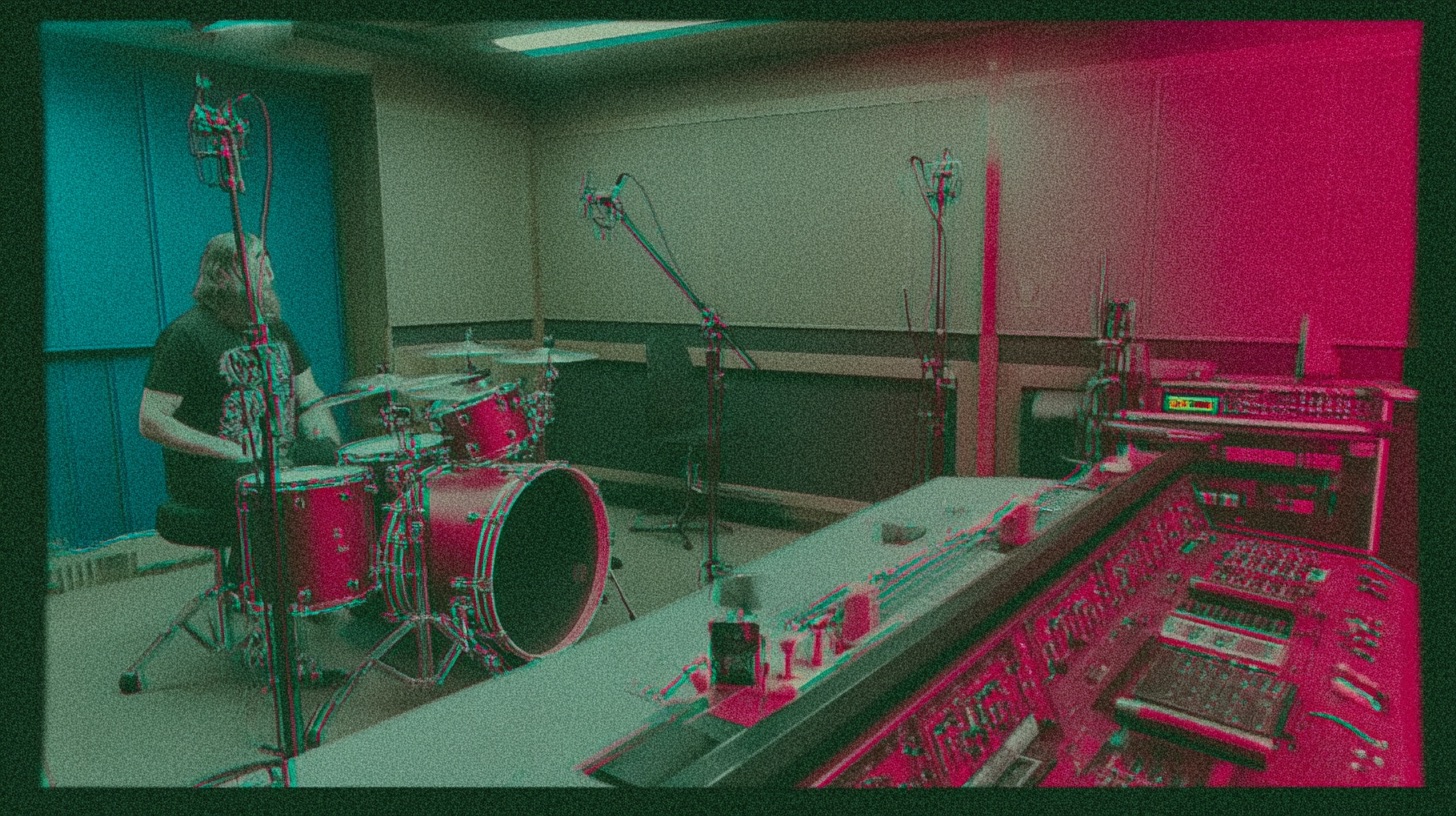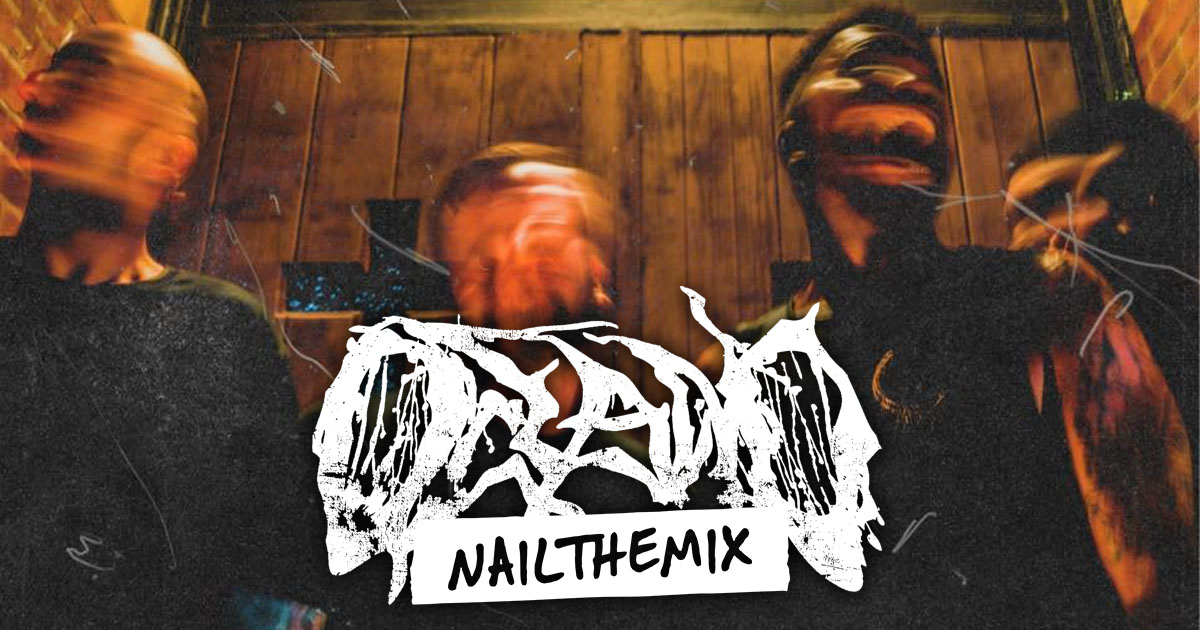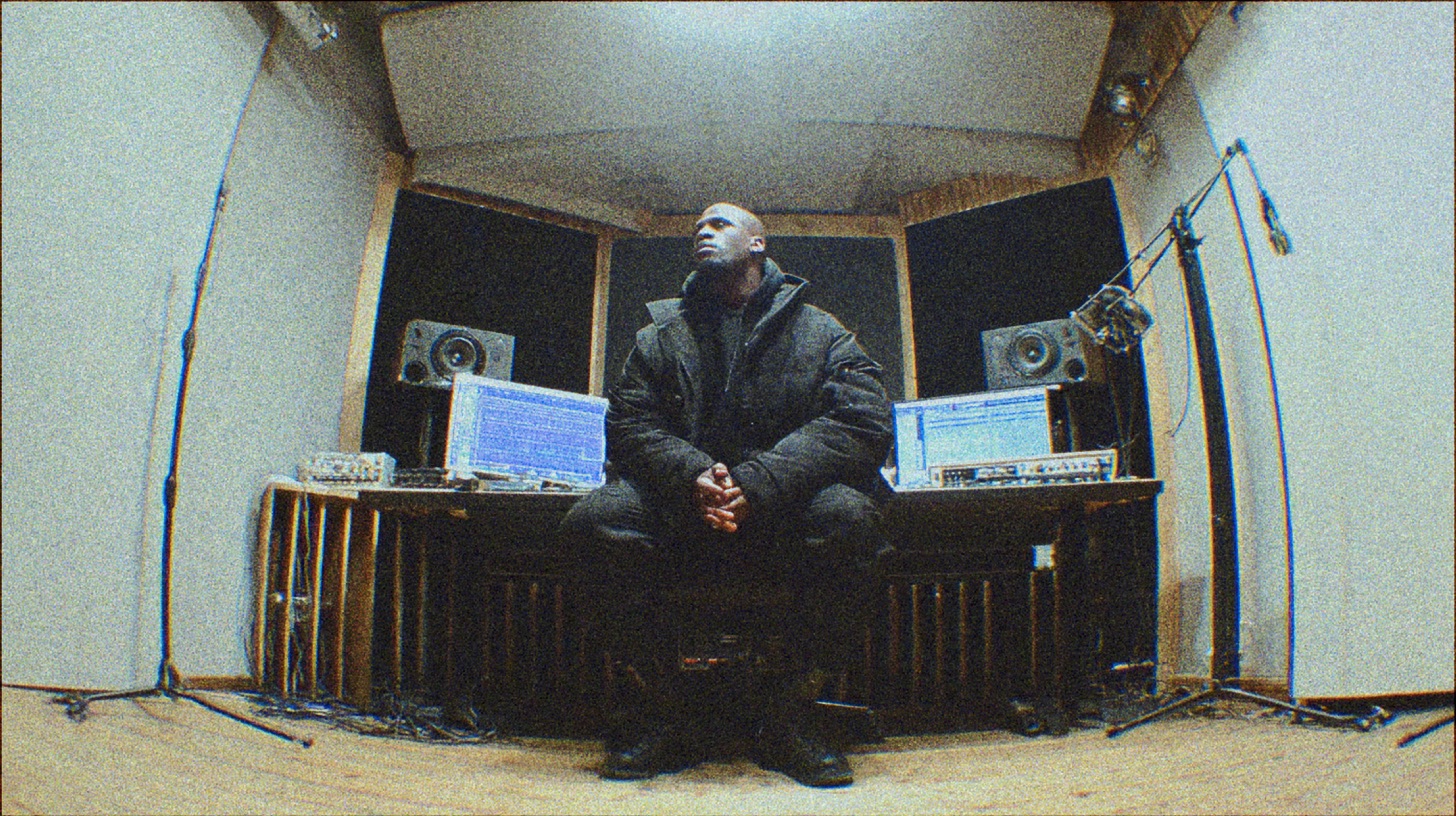
Smashing the Spiritbox Mix Bus for ‘Holy Roller’ with Daniel Braunstein
Nail The Mix Staff
Let’s be real, the mix for Spiritbox’s “Holy Roller” is an absolute face-melter. It’s aggressive, punchy, and controlled, yet feels like it could fly off the rails at any moment. So much of that final impact comes down to what’s happening on the master bus.
Ever find yourself staring at your mix bus, wondering if you’re doing too much… or not enough? In a session for Nail The Mix, producer and mixer Daniel Braunstein pulled back the curtain on his exact mix bus chain for “Holy Roller,” and it’s a masterclass in breaking the rules to serve the song.
Instead of a simple “set-it-and-forget-it” chain, Daniel uses a series of EQs, aggressive compression, saturation, and smart limiting to create a unique sonic signature. Let’s break down his chain, plugin by plugin.
Want to see exactly how Daniel dialed in these settings and mixed the entire track from scratch? You can get instant access to the full “Holy Roller” mixing session and multitracks right here.
The Foundation: Surgical But Subtle EQ
Before any of the heavy lifting happens, Daniel starts with a few key EQ moves to shape the overall tonal balance of the mix. This isn’t about drastic changes, but about cleaning up mud and adding character.
High-Passing and Taming the Lows
First in the chain is a trusty FabFilter Pro-Q 2. The main job here is to shave off the super-low sub frequencies that don’t contribute much musically but can eat up headroom. He sets a high-pass filter right around 30Hz. Interestingly, he lets a tiny bit of information just below that get through, specifically to tickle the compressor that comes later in the chain—a clever way to get the compressor moving just right.
Next up is a Waves REQ 6. This one is a bit of a “happy accident.” It was part of the original writing template for the song and was only adding a subtle lift in the low-mids. He admits he didn’t even notice it was on at first, but it became part of the sound. A good reminder that if it sounds right, it is right!
Adding Character with Vintage-Style EQ
The final EQ move for shaping is with the Waves PuigTec EQP-1A. This is where the mix gets some analog-style mojo. Daniel uses it for a few specific purposes:
- Subtle Low End: A small boost around 47Hz adds a nice, subby weight.
- Mid-Range Clarity: He carves out a bit of 390Hz to combat some mid-range buildup that was making the mix feel cluttered.
- High-End Air: A big, wide shelf boost at 16kHz opens up the top end, adding that expensive-sounding “shit,” as he puts it.
These moves show how you can use a mix of surgical and broad-stroke EQ strategies to get the best of both worlds.
The Main Squeeze: Aggressive Bus Compression
Here’s where the real magic happens. The most important plugin in the entire chain, according to Daniel, is the Cytomic The Glue compressor. This is the secret to the track’s explosive energy and punch.
Fast Attack for Punch and Control
Forget gentle, transparent glue. Daniel slams the mix bus compressor to give the track life. He sets the compressor with a fast attack. Why? To catch and crush all the “floppy and huge” elements of the mix, tightening them up instantly. This makes the drums snap hard and pulls the entire mix together into a cohesive, aggressive unit. In the track’s breakdown, you can hear the compressor audibly suck the entire mix in, creating an incredible sense of power.
He uses the auto-release setting (another happy accident from setting up the session), but a lot of the time he’ll manually set a fast release around 9 o’clock. The goal isn’t just to control dynamics; this is metal compression used as a creative effect to inject energy and make the mix feel more alive and less out of control.
Adding Grit and Polish to the Chain
With the core dynamics and EQ handled, the final steps are about adding a bit more texture and ensuring the mix is ready for the modern digital world.
A Touch of Tube Saturation for Crunch
To give the mix a little more attitude, Daniel adds an instance of FabFilter Saturn. Using the “Warm Tube” preset on the “SM Bass 4 Bands” setting, he dials in a very subtle amount of saturation. The goal isn’t obvious distortion, but a slight tonal shift that moves the mix from being perfectly hi-fi to something a little more “crunchy” and “taped out.” It’s a personal preference move that adds a final layer of vibe.
The Ozone Finishing Touches
Last in the chain is iZotope Ozone 8, where Daniel performs a few final checks and balances.
Using EQ Matching as a Reality Check
First, he uses Ozone’s EQ Matching feature. He loads in a reference track he loves (in this case, Architects’ “Royal Beggars”) and has Ozone compare it to “Holy Roller.” The key here is that he doesn’t just blindly apply the suggested EQ curve. He uses it as a “reality check” to see if his mix is in the same ballpark. It told him he was missing a few mids, but he chose to ignore its suggestion to dip the high end. It’s a pro move: use tools to inform your decisions, not make them for you.
Limiting (or Not Limiting) for Modern Delivery
Here’s a crucial insight for modern mixing. Daniel sets up the Ozone Maximizer on the IRC IV Modern mode, but he’s not trying to get any gain reduction. His goal is zero limiting. Instead, he’s pushing the level to clip the output, while keeping the True Peak setting on to prevent inter-sample peaks. This is vital for streaming services like Spotify, which can distort mixes that are pushed too hard without proper true peak limiting.
He targets a loudness of around -8 LUFS—loud enough to feel powerful for the client, but not so squashed that it gets destroyed by the loudness normalization on streaming platforms.
The Final Takeaway: Your Mix, Your Rules
Daniel Braunstein’s mix bus for “Holy Roller” is the perfect example of using a chain of processors, each doing a small job, to achieve a powerful and unique result. From subtle EQ and “happy accidents” to absolutely slamming a bus compressor for creative effect, every move serves the song’s intense energy.
These techniques are killer starting points you can apply to your own mixes right now.
Spiritbox on Nail The Mix
Daniel Braunstein mixes "Holy Roller"
Get the Session
But… seeing a list of plugins is one thing. Imagine watching a pro like Daniel Braunstein actually dial in these settings, explaining why he’s turning each knob, and letting you hear the A/B in real time. On Nail The Mix, you can do exactly that. You get the raw multitracks from massive songs like this and watch the original producer mix it from scratch, sharing every single secret along the way.
Ready to see how the pros really build these crushing mixes from the ground up? Download professional multitracks and learn from the producers who recorded them.
Get a new set of multi-tracks every month from a world-class artist, a livestream with the producer who mixed it, 100+ tutorials, our exclusive plugins and more
Get Started for $1






